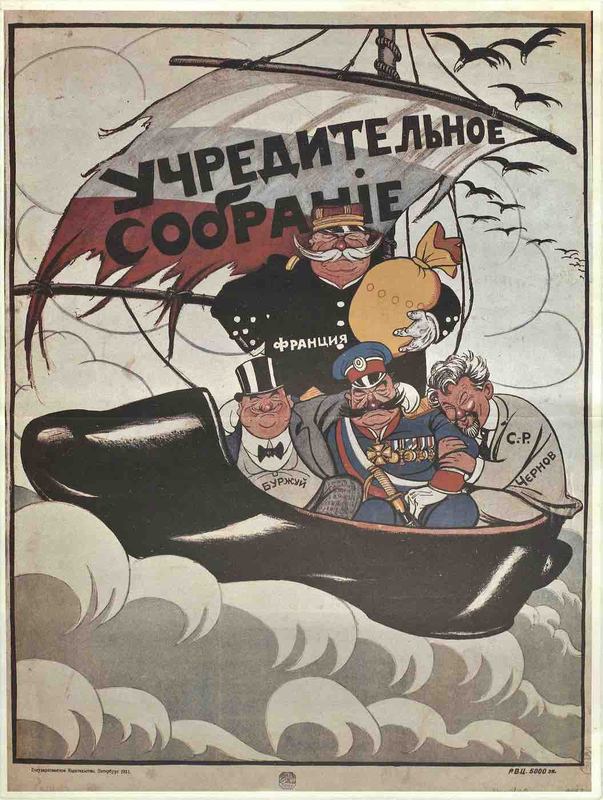How Were Posters Used as Propaganda?
At the outbreak of World War I, new government offices created and widely disseminated propaganda. Posters were an inexpensive and impactful form of communication that were broadly circulated by countries on both sides of the conflict. They promoted recruitment, urged action, and built support and morale.
During the Russian Revolution, the Bolsheviks relied heavily on visual propaganda to spread their message. Much of their intended audience was illiterate, but they could decipher key messages through images and symbols. Soviet propaganda was seen as a way to ‘educate’ the public and extended to all forms of media, including posters. The Department of Agitation and Propaganda, often shortened to agitprop, regulated the content of all communication to manipulate the masses, and promote communist ideology.
In World War II, governments around the world embraced the use of political propaganda posters. German dictator Adolf Hitler fully understood the power of propaganda and created the Ministry of Public Enlightenment and Propaganda in 1933, with Joseph Goebbels at its helm. Many of the posters produced during this time incited fear, demonized the enemy, and demanded allegiance and support of the war.
While political propaganda is at its peak during war and conflict, the production of propaganda through specialized governmental departments is continuous and ongoing. Posters remain part of the arsenal in this art of persuasion, but they have been largely overshadowed by other forms of print media as well as radio and television.

